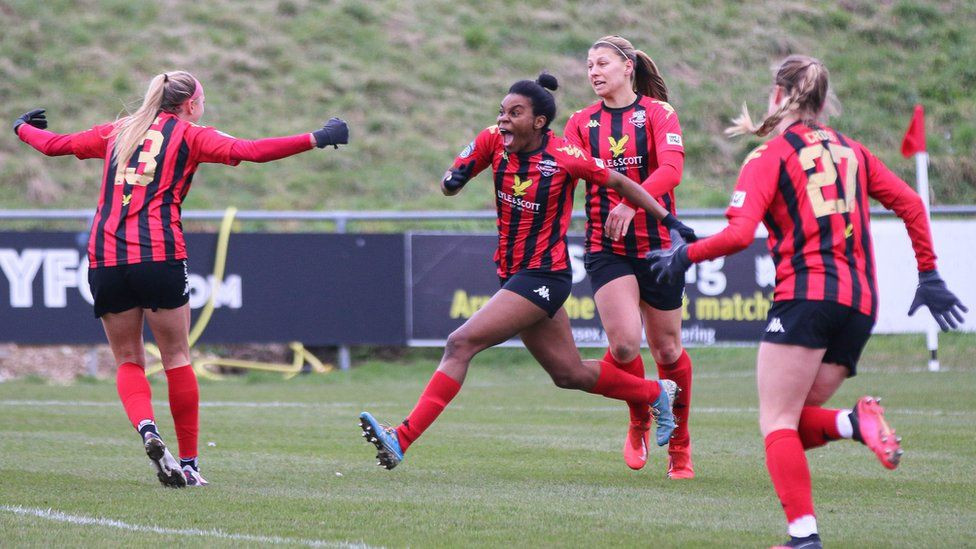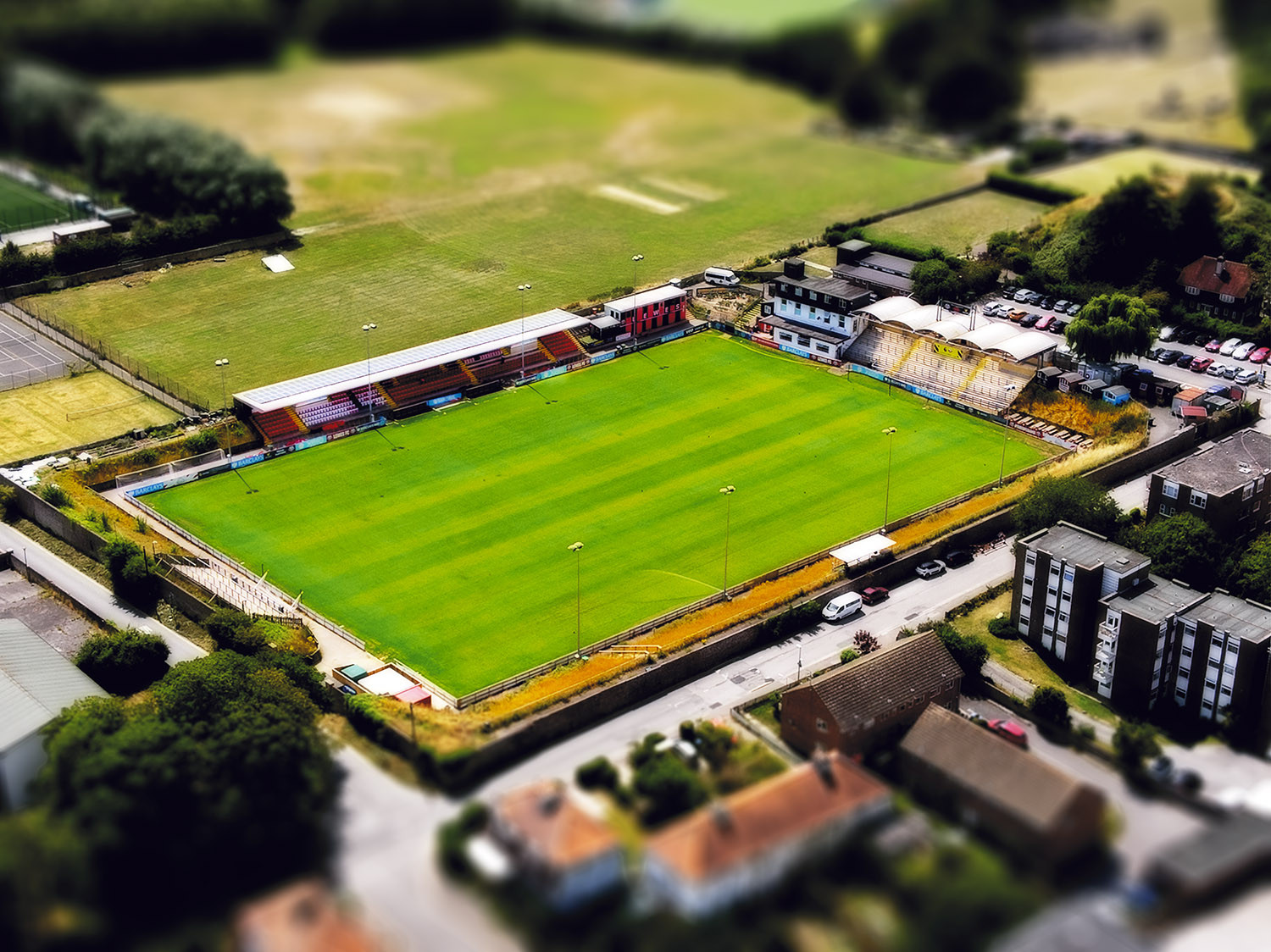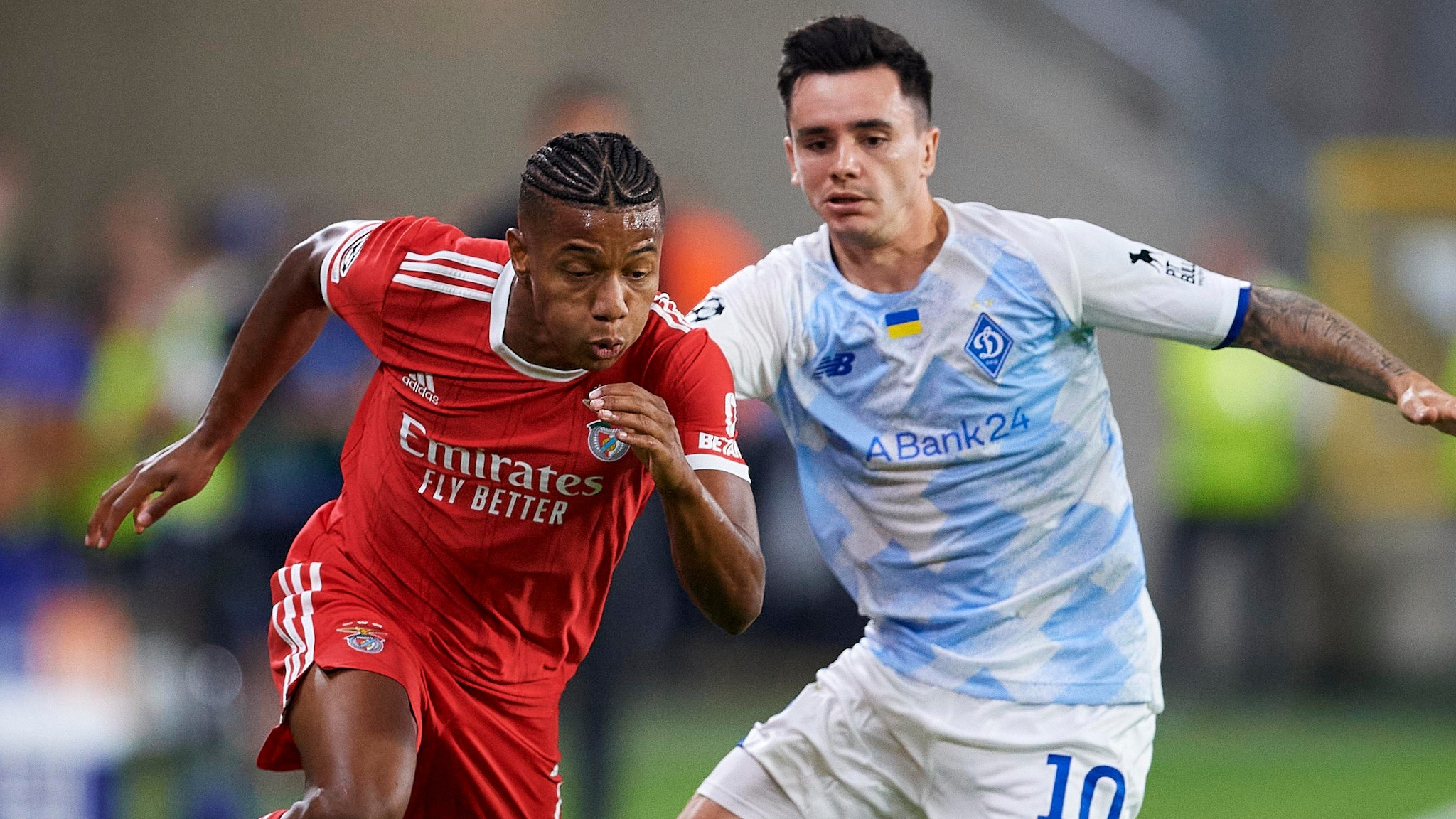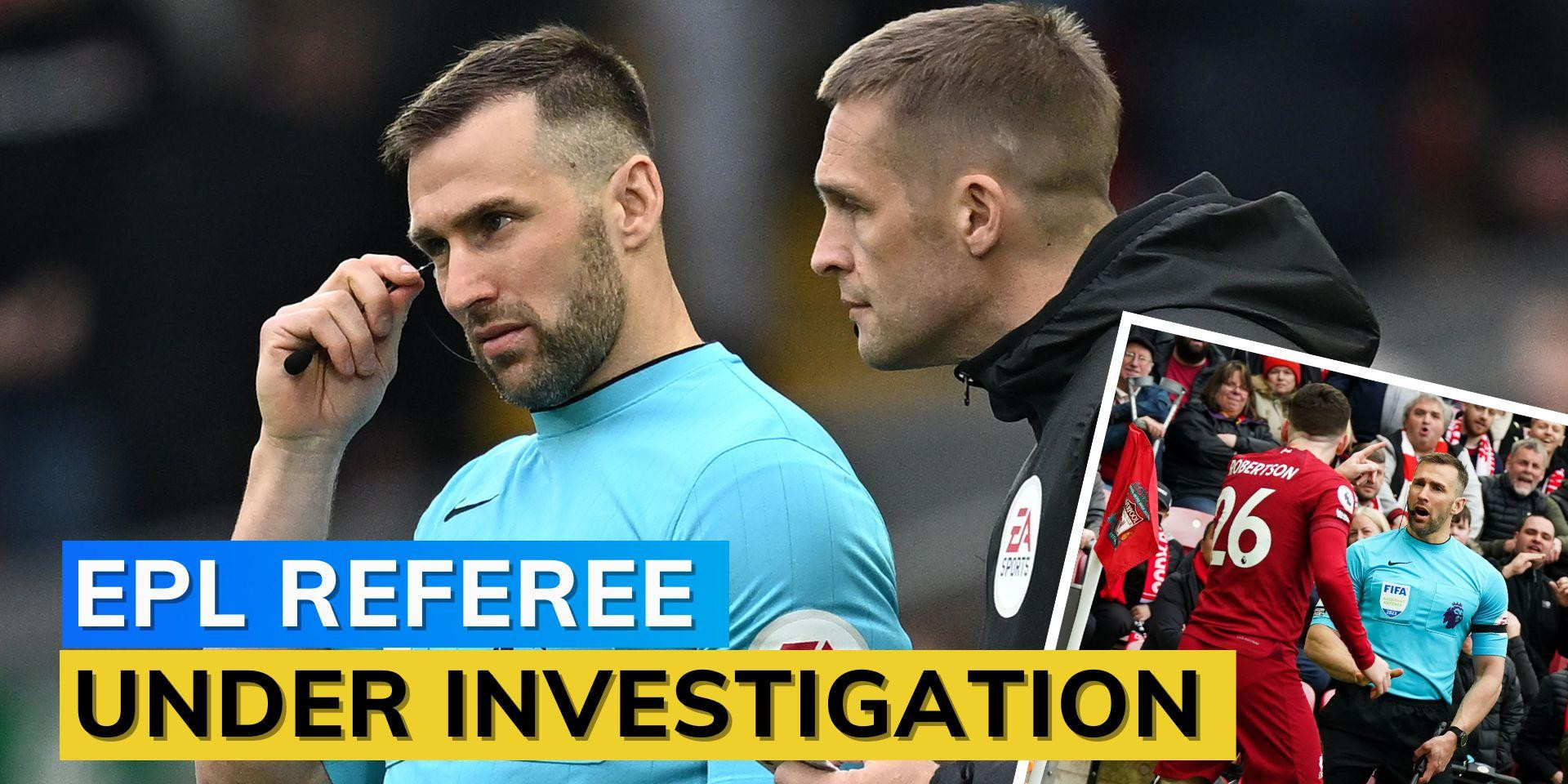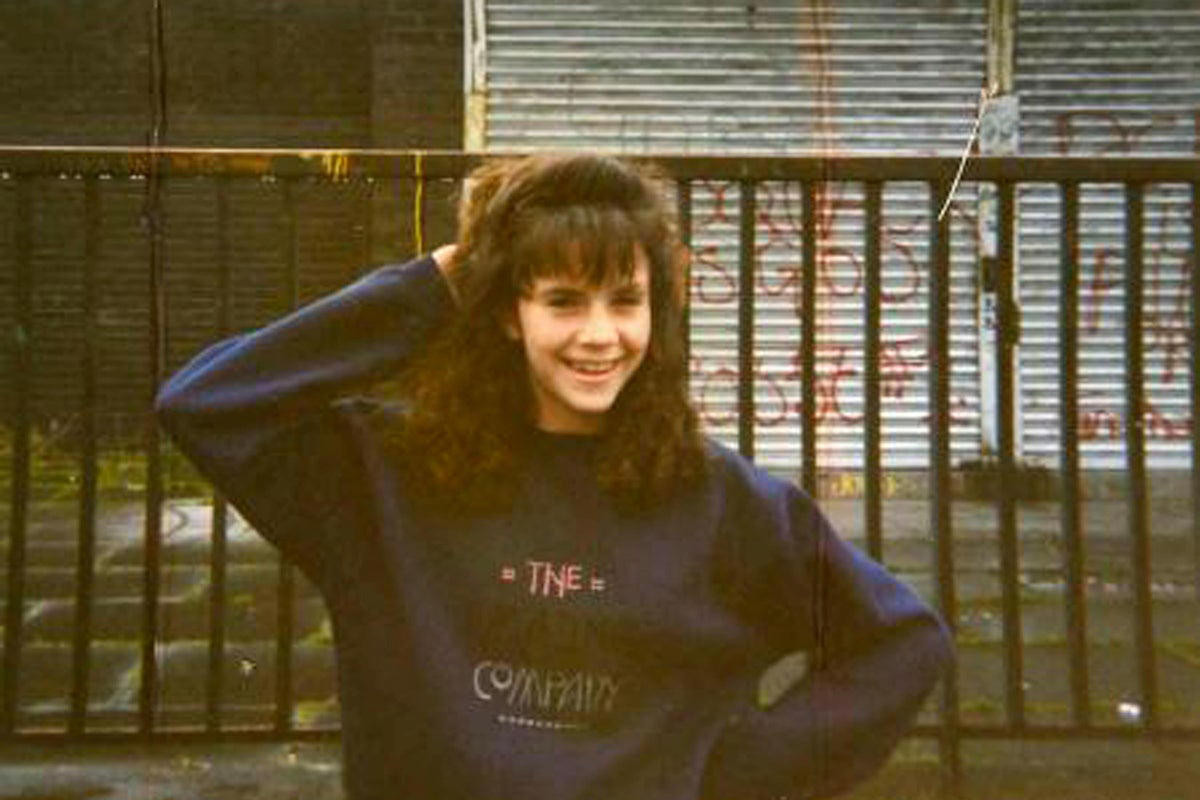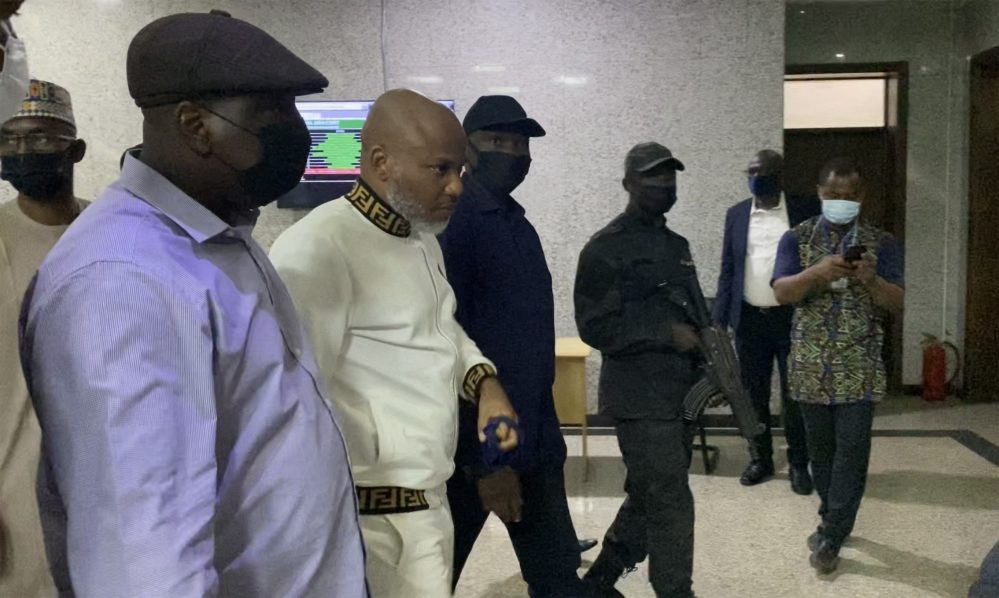A Different Kind of Football Club
A small wooden beach hut. Not your usual pitch-side corporate hospitality suite. But this is Lewes FC and the four beach huts are its equivalent of glass-encased executive boxes. “You can rent them out,” says Karen Dobres, the club’s special project lead. I have a quick look in one: clean, functional, also chilly, I should think, in winter. But the open shutters give a high vantage point on to the pitch, which is smooth and green and perfect on this warm July day.
I’m here to watch a pre-season women’s match against MK Dons, and Dobres, a local writer and activist, is taking me on a pre-game guided tour. I like football, but even if I didn’t I’d like Lewes FC. Right on and stubborn with it, the club has forged its own identity within the game. There’s the statue of two female pirates; the dedicated areas for breastfeeding; the club’s community garden, set up a couple of years ago by men’s team midfielder, Bradley Pritchard, known as Brad’s Pit. When a player gets player of the match, they are given garden produce: a brace of spring onions, some beetroot, a cauli. At the covered stand, Dobres points out that the seats are padded, rather than just plastic. “We heard they were being removed from Wembley in a refurb, so we asked if we could get them,” she says.
This cheeky but practical move is typical of Lewes, which, like many lower-league clubs, is not loaded with money. It’s run as a not-for-profit and survives through sponsors, advertisers, ticket sales and its special ownership scheme: for £50 a year, you can become an owner, with one share and one vote. For the 2023-24 season, the club’s main shirt sponsor will be Who Gives a Crap, the ethical toilet roll company. “Loos FC” is the current joke.
Equal Funding, Different Needs
Lewes FC prides itself on being different: and perhaps the most radical way in which the club is different is in how it treats its women’s team. In 2017, it became the first football club, pro or semi-pro, to bring in equal funding for its men’s and women’s teams. As of now, it’s still the only football club anywhere in the world that gives its men’s and women’s teams the same amount of money for training, the same amount to spend on players as they respectively see fit. This doesn’t mean it treats them exactly the same. Though it’s small compared with the big names at the top (Lewes Women were relegated to the third tier league last season), the club is at the forefront of a new understanding of the women’s game. After years of traditional football fans dismissing women’s football as something that needs to “catch up” to the men’s, a different attitude is emerging. A view that women’s football should be seen as separate and unique, with its own way of doing things.
“Women’s football culture and women players are not the same as men’s,” says Dobres. “We don’t treat our women players like little men. Women have different physiology, psychology, needs, values, matchday experiences and these should be nurtured and allowed to develop. Not squeezed into standard default male norms.”
A Focus on Women's Health and Welfare
Lewes regards every element of its women’s team – from fan experience through to training through to player welfare – from this point of view. So fans are helped into the game through special sing-songs to learn the chants. Players’ menstrual cycles are tracked and cross-referenced when it comes to training and the team strip has black shorts. It employs trainers who are experts in women’s football and aims to consider every aspect of the players’ health, as well as their game. The club has come up with a slogan for its approach – See Us As We Are – and a specially designed pre-season women’s team shirt, designed by artist Charlotte Colbert, is being launched today
After the match, which Lewes win, I talk to Emily Moore, Lewes FC’s goalkeeper. A Canadian who’s lived in the UK for years, she joined the club from West Ham. “I enjoyed playing at West Ham,” she says, “but I love Lewes.” The club, she says, helps players get jobs to support themselves (the money they earn from football isn’t enough to live on) and helps find accommodation. “I like the small things, too,” she says. “The pint glasses being reusable, the LGBTQ+ flags for Pride, the campaigns. The sense of community.” But, most importantly for her, she values how the club “cares about the person before the player”.
A Delicate Stage of Growth
At a moment when the women’s game is growing bigger and bigger, the club’s approach to women’s football is vital, essential for the game to thrive and survive. Because despite its huge surge in popularity, women’s football is at a delicate stage of its development. “Women’s football is fragile,” says Dobres. “It needs to grow sustainably, according to its own unique nature, or it won’t be viable.”
Women’s football is a big sport these days, given a huge boost by the Lionesses winning the Euros in 2022 and coming close to winning the 2023 World Cup. Before that, the creation, in 2011, of the top league for women, the WSL (Women’s Super League), made a difference, though there were just eight teams in it at the start. The first match was played in front of 2,500 people. Now, women’s games get huge audiences. The women’s FA Cup final tie between Manchester United and Tottenham drew a crowd of more than 76,000 to Wembley; the Lionesses’ Euros win over Germany was played in front of a record crowd of 87,192 and was shown on BBC1, where it got 17.4m viewers.
Allied to this, there’s been a surge in girls’ football, in children and teenagers becoming involved in the sport, and the number of women’s clubs has ballooned over the past few years. In 2016-17, there were 5,632 women’s teams registered in England and the Channel Islands; seven years later, there were 12,150.
A Need for Investment and Change
But despite its enthusiastic audience, women’s football still has problems to overcome: financially; when it comes to staffing and facilities; in player support; the nurturing of audiences; even in terms of injuries.
First up: it isn’t making money. No women’s professional or semi-professional team makes a profit, currently – not even the top teams. They can only afford to pay big sums for players because they’re funded by their clubs’ men’s teams. A recent Times interview with United’s co-owner, Sir Jim Ratcliffe, revealed the huge money differences: “The men’s team make £800m, the women’s team cost £10m,” he said. It trickles into the culture: Man Utd women’s team have had to give their training ground to the men’s team while the men’s training ground is being refurbished. Reading FC asked to withdraw from the Women’s Championship in June, citing financial difficulties.
Eniola Aluko MBE is an ex-Lioness turned broadcaster and football executive. “Women’s football,” she says, “is doing far better than anyone expected: this is a game that is breaking broadcasting records, it’s selling out stadiums, it has huge global appeal. It’s doing incredibly well, but it was banned for 50 years, so the context is very different.” Women’s football was hugely popular during the First World War, but was banned by the FA in 1921 – they considered the game unseemly for ladies – and wasn’t recognised again until 1971. That’s five decades of development just cut out. And for a long time afterwards, as many of us recall, football was socialised as being only for boys.
A Gendered Approach to ACL Injuries
Football sexism starts young. Any parent of a child who plays football will have noticed the difference in how the game is regarded when it comes to girls and boys. Less equipment, fewer coaches and fewer girls’ teams.
After co-authoring an influential article in the British Journal of Sports Medicine on a gendered approach to anterior cruciate ligament (ACL) injuries, academics Dr Joanne Parsons and Dr Stephanie Coen have set up a new virtual lab, Edge, which aims to improve inclusivity in sport. “Women are socialised to move our bodies in different ways to men from a very young age and girls often enter competitive sport at later stages than boys,” says Coen. “That’s part of the gendered environment. We simply don’t know in a quantifiable sense how that factors into adverse outcomes.”
In the men’s game, talented players are spotted as young as seven and slotted into the academy system, where they are trained to be good at football, learn the right strengthening exercises and what to do in the gym. Girls are likely to become academy players much later, in their mid-to-late teens. In the past, Lewes FC has employed Ivi Casagrande as a consultant specialist sports scientist. A former footballer, who also works with Brazil’s and Ireland’s national women’s teams, she introduced specifically designed training and performance-tracking for the Lewes women. “Girls mature earlier than boys,” she says. “They hit rapid growth at 11, 12, whereas boys hit it about 13. We call this ‘peak height velocity’. Once you hit PHV, training should concentrate on the structural side, push strength and muscle development. Girls are missing out on this important window; they don’t start strength and conditioning training until later, because training is based around boys’ experience. Sometimes they don’t start it at all.” Perhaps girls have been generally sporty, rather than focused on football. So their muscles won’t have been trained for football; they haven’t had the concentrated strength work.
This can have serious results. ACL injuries are a huge problem in the women’s game – England’s Beth Mead and Leah Williamson both ruptured theirs recently. A ruptured ACL requires surgery and takes months of recovery. For some time, there have been assumptions that the high proportion of ACL injuries in the women’s game might have something to do with the shape of women’s bodies. Parsons and Coen say this assumption is wrong. “We can’t ignore the physiology,” says Parsons, “but also we need to consider what have the training facilities been like, the quality of staff, have the women had proper equipment, because a lot is designed for men. There is evidence that the size of your ACL matters, but the size of the ligament can be influenced by strength training.”
A Unique Opportunity for Growth
“There are now 40 games a season in the women’s game,” says Eniola Aluko, “so of course you’re going to see more injuries.” And there’s the question of kit: “When I buy a pair of boots, I buy a size 4 version of men’s boots. They’re not designed for a woman’s foot.”
Aluko thinks investment in research and development for the women’s game will come, especially because the commercial aspect is ripe for expansion. “There’s a huge opportunity,” she believes, “especially in commercial investment. There are a lot of brands that could be involved that can speak to women and women’s sport.” Many women’s football fans have no interest in the men’s game. It’s a brand new market. Some might want to buy merchandise (remember the controversy when Nike didn’t make a Mary Earps replica kit for the World Cup?). “We can target the fans of the women’s game better,” says Aluko. “Or even the women buying kits for their sons. Why isn’t there merch designed specifically for them?”
The two top leagues in women’s football, the WSL and the Championship, which were being run by the FA, have just been taken over by a new female-led company, WPLL (Women’s Professional Leagues Ltd). Perhaps this will mean a new approach – one that will make the most of these new financial opportunities to support smaller teams, as well as the ones attached to huge men’s teams.
Kieran Maguire, who comments on football and finance for the Price of Football podcast, hopes the new leagues can be financially structured in a different way to the men’s. “The Premier League is about half a dozen clubs and everyone else is fighting for scraps,” says Maguire. “There’s a chance to create a better culture, maybe something like the NBA or the NFL in the US, where there are centralised commercial deals that sponsor all the teams in the league. So there’s some form of distribution model for the money and the league isn’t dominated by two or three clubs.”
Caroline Delin, co-host of Across the Pond’s WSL podcast, thinks there is huge potential. She mentions Taylor Swift. “Most of her audience is women and girls,” she says. “If you want to move the game in a positive direction then you must involve the fans. Taylor Swift is commercialising every aspect of her brand in a fan-friendly way.” Nikki Doucet, head of the WPLL, agrees: in a recent interview, she talked about the fans who have come to the game via the Lionesses, “untethered to the men’s game”, not tribal, learning about players and the game. “That’s your ‘Taylor Swift fanbase’,” she said. “I don’t think anyone talks to them in the way that we need to. We have a responsibility to.”
The Future of Women's Football: A Unique Path
Which brings us back to Lewes FC. It knows itself and it knows its fans. At the match, I meet a woman in charge of a film festival for women over 50, and Dougal Fleming, here with his young family. Fleming was a footballer himself and his brother plays for Lewes FC’s vets. He loves the women’s game culture: “The macho side of football drives me mad.” There are many people like him. New fans, supporting a new culture, where, as Dobres says, “women’s football can be its own true self and follow its own independent path”. Who wouldn’t want to support that?




